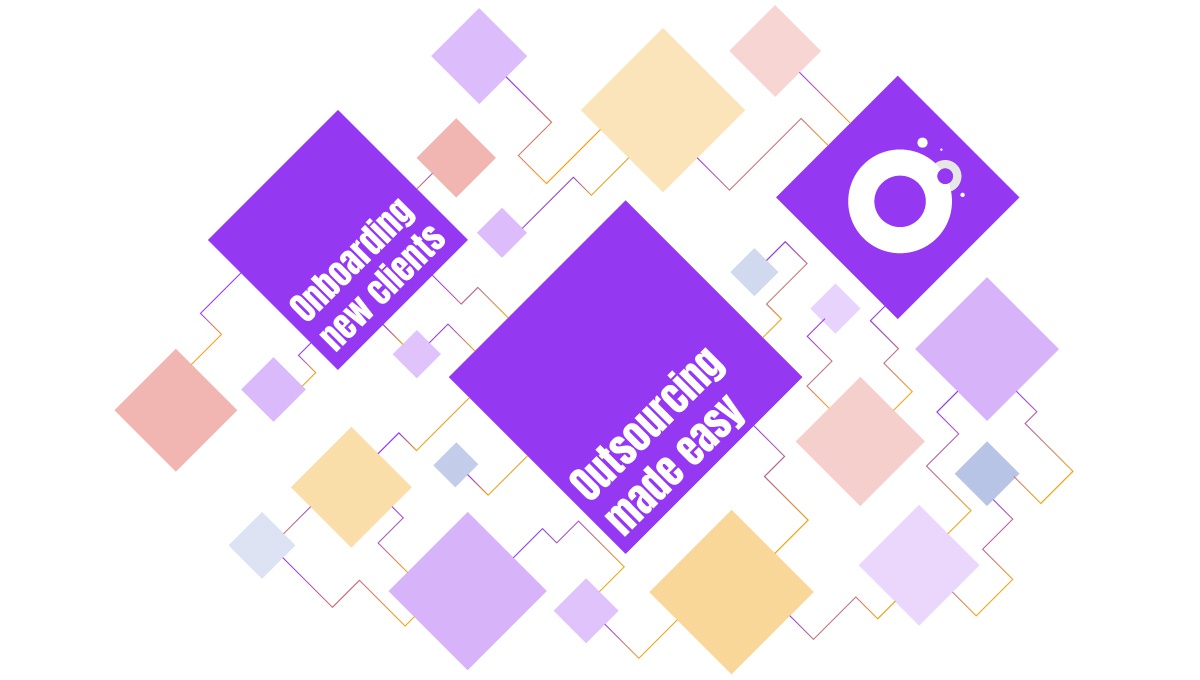One question new outsourcing clients often ask is “What is the best way to do this?”
While there is no one-size-fits-all solution, the pathway to their ultimate business goal follows the same six steps.
As the outsourcing specialist, it is the provider’s job to analyse your needs and business strategy to suggest a BPO setup that will support your operations and bring you closer to your goals.
The most efficient way to plot an outsourcing project begins with the client onboarding, or transition, a phase that begins the moment the client, you, has chosen a provider through an RFP process.
The first step of the onboarding road map is Due Diligence.
At this stage, you will share strategies with your chosen supplier, set clear expectations and discuss the three elements of every successful collaboration: people, processes and technology. Th topics can and should include delivery models, business continuity, recruitment and training infrastructure, compliance needs, knowledge base requirements, customer satisfaction measurement, on-site branding, and many more aspects in as much depth as necessary to ensure that the supplier’s efforts are fully aligned to your needs.
All this information goes into the project manual, along with details on the leadership team, communication points, reporting infrastructure, Quality Assurance and performance measurement scales. The Governance Model is drawn up to specify the communication points and frequency with which the provider’s leadership team will get in touch with you and take part in executive meetings and performance review sessions.
During the implementation phase, the specifications in the project manual become reality. From phone lines, to CRM platforms, to the actual collaborative recruiting and training of new staff, everything is put in place and readied for the next step – validation.
The transition team goes on to test, test, and test again all the implementation details so that everything looks as good (if not better) in reality as it does on paper. The new teams’ project knowledge is tested right after training and then later on, after the project launches. The tech setup goes through a thorough verification phase, and so do KPIs, escalation points and mishap alerts. When everything is running smoothly, it’s time for the fireworks.
Go live!
This is the moment everyone has been preparing for. The outsourced teams begin to interact with your customers – now their customers, too. Dashboards begin to populate with real-time data to be turned automatically into weekly and monthly reports. During the first two weeks after the launch, your presence on-site is vital for last-minute tweaks and impassioned speeches.
Is the new team an efficient, spirited extension of your brand? This is what the final and ongoing step of the onboarding road map seeks to answer. By continuously monitoring the operations together with the provider, you can observe trends and act swiftly in case of an emergency. Improvements can target client-vendor realignment, business strategy, and scope of work re-evaluation.
A carefully planned onboarding road map can be the difference between a regular outsourcing contract and an excellent collaboration, and it is one of the main things to ask a possible outsourcing partner. So while the best way to outsource depends on each partnership, a reliable road map will get you there ten times out of ten.















